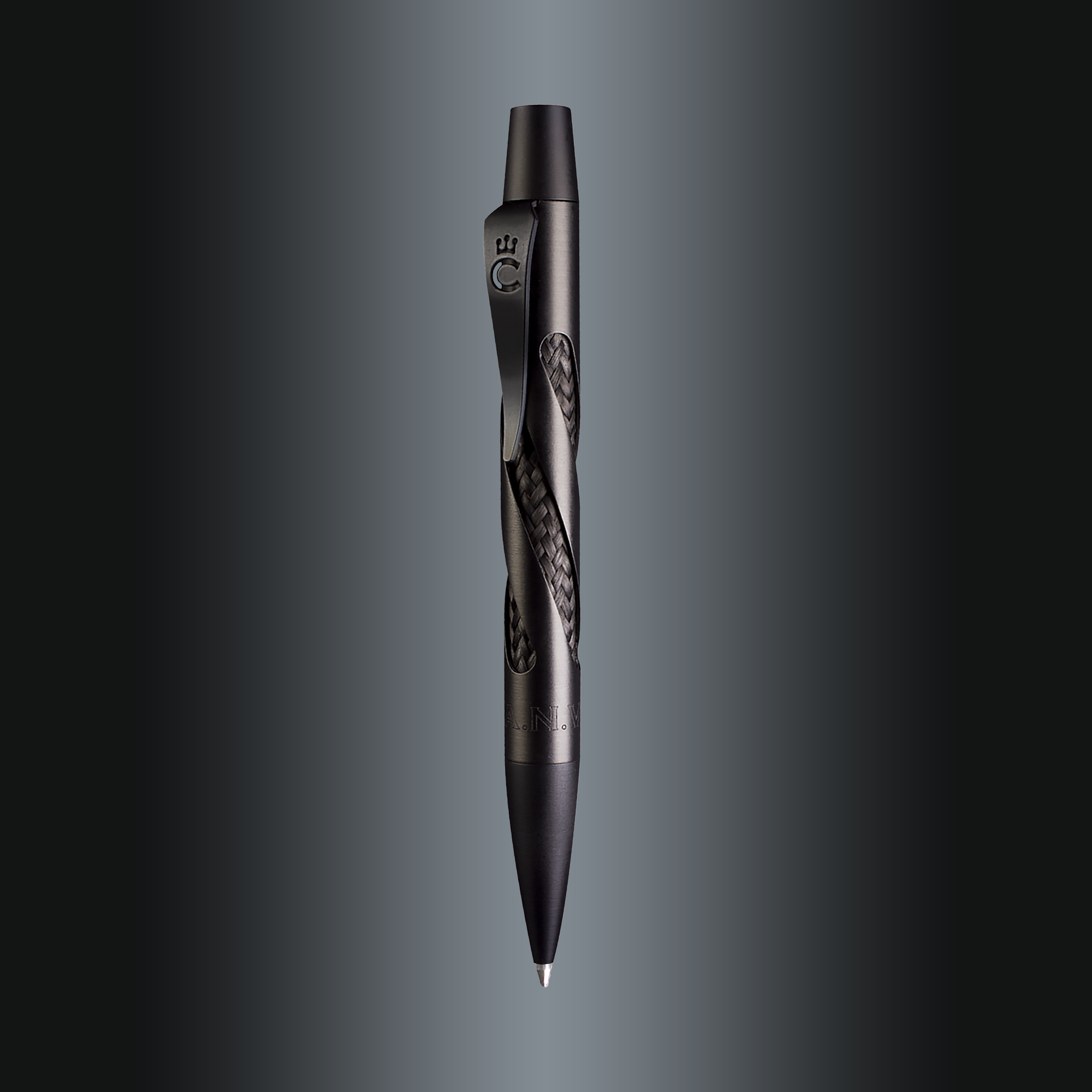Introduction to Limericks
-
Guide to Limericks
Table of Contents
- Introduction to Limericks
- Structure of a Limerick
- Rhyme Scheme of a Limerick
- Meter of a Limerick
- Examples of Limericks
- History of Limericks
- Writing Your Own Limerick
1. Introduction to Limericks
Limericks are humorous poems consisting of five lines. They are known for their witty and often bawdy content. Limericks have a distinctive rhythm and rhyme scheme, making them fun and memorable.
2. Structure of a Limerick
A limerick follows a specific structure:
- Five lines in total
- Lines 1, 2, and 5 have eight or nine syllables
- Lines 3 and 4 have five or six syllables
3. Rhyme Scheme of a Limerick
The rhyme scheme of a limerick is typically AABBA:
- Lines 1, 2, and 5 rhyme with each other
- Lines 3 and 4 rhyme with each other but not with the other lines
4. Meter of a Limerick
Limericks have a specific meter called anapestic meter. This means that the first two syllables in each line are short, and the third syllable is long.
5. Examples of Limericks
Limericks by Edward Lear
-
There was an Old Man with a beard (A) Who said, 'It is just as I feared! (A) Two Owls and a Hen (B) Four Larks and a Wren (B) Have all built their nests in my beard!' (A)
-
There was an Old Man with a flute (A) A "penny whistle" found in a fruit (A) He blew it with care (B) Through a sweet, sunny air (B) And he danced all around in a suit. (A)
-
There was an Old Man in a tree (A) Who was horribly bored by a bee; (A) When they said, "Does it buzz?" (B) He replied, "Yes, it does! (B) It's a regular brute of a bee!" (A)
-
There was an Old Man in a boat (A) Who said, 'I'm afloat, I'm afloat!' (A) When they said, 'No! you ain't!' (B) He was ready to faint (B) That unhappy Old Man in a boat. (A)
-
There was an Old Man with a nose (A) Who said, 'If you choose to suppose, (A) That my nose is too long, (B) You are certainly wrong!' (B) That remarkable man with a nose. (A)
-
There was an Old Man on some rocks (A) Who shut his wife up in a box; (A) When she said, 'Let me out,' (B) He exclaimed, 'Without doubt, (B) You will pass all your life in that box.' (A)
6. History of Limericks
The exact origin of the limerick is unknown, but they are believed to have originated in the early 18th century in the Irish town of Limerick. They were popularized by Edward Lear in the 19th century and have since become a popular form of poetry worldwide.
7. Writing Your Own Limerick
To write your own limerick:
- Think of a topic or a character.
- Establish the rhyme scheme (AABBA).
- Follow the meter (anapestic).
- Have fun with the humor!
Remember, the key to a good limerick is wit and a clever use of language.









